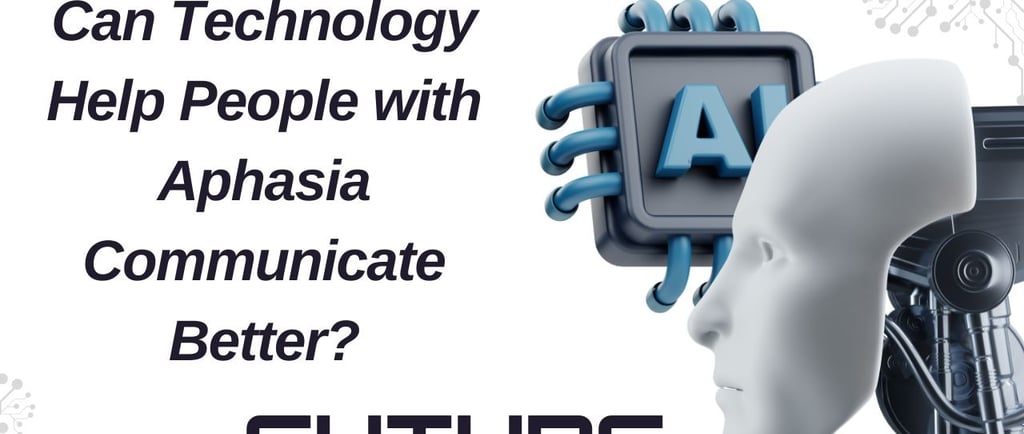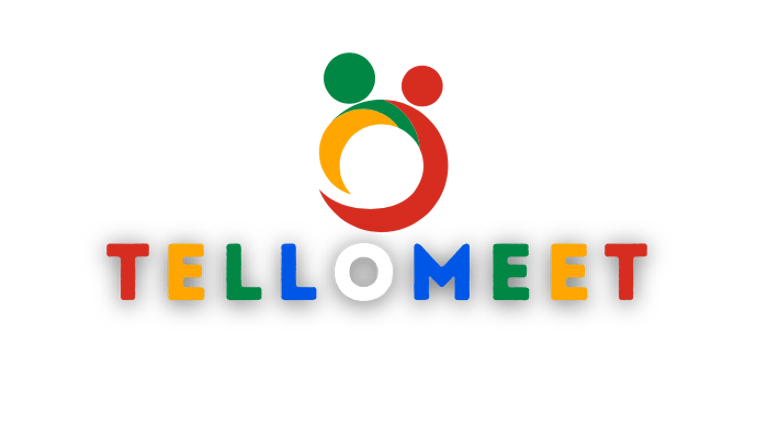Online Speech Therapy Platform
Can Technology Help People with Aphasia Communicate Better?
Exploring the role of apps, AI tools, and teletherapy in aphasia recovery.
TELE REHABILITATION
Selvakumar
7/11/20252 min read


Aphasia affects millions of adults worldwide — often after a stroke, brain injury, or neurological condition. While it mainly disrupts speech and language, it can also impact reading, writing, and comprehension. In today’s digital world, technology is becoming a powerful ally in helping individuals with aphasia regain their communication skills.
But how exactly can technology help? Let’s dive into how apps, AI, and online speech therapy platforms like TelloMeet are transforming aphasia care.
📱 Communication Apps That Support Aphasia Recovery
Modern apps offer targeted support for people with expressive or receptive language difficulties:
AAC (Augmentative and Alternative Communication) Apps: These apps allow users to communicate using symbols, images, or pre-programmed phrases. Popular ones include Proloquo2Go, Lingraphica, and Avaz.
Speech Practice Tools: Apps like Tactus Therapy and Speech Therapy Toolkit offer daily exercises to improve word recall and sentence formation.
Text-to-Speech & Picture Apps: These allow users to select images that are converted into spoken words — useful for non-verbal or severely expressive aphasia cases.
🔍 SEO Keywords: aphasia communication apps, AAC tools, apps for stroke patients, speech recovery technology
💻 How Teletherapy is Revolutionizing Aphasia Treatment
Online speech therapy platforms like TelloMeet are making expert care more accessible than ever. Through virtual therapy sessions, patients can:
Connect with licensed therapists from the comfort of their home.
Get personalized speech exercises and progress tracking.
Overcome geographical and mobility limitations, especially post-stroke.
This is especially valuable for adults who may not be able to visit clinics regularly due to health or transportation challenges.
🤖 AI Tools: The Future of Personalized Speech Support
Artificial Intelligence is now being used to:
Analyze speech patterns and give instant feedback.
Adapt therapy sessions based on individual progress.
Create voice simulation tools that allow users to “train” their speech in a safe and private setting.
Though AI can’t replace human therapists, it acts as a powerful companion between sessions, enhancing motivation and consistency.
⚠️ Tech is a Tool — Not a Replacement for Human Therapy
While technology is helpful, it must be guided by a professional. Therapists know how to tailor interventions based on the type and severity of aphasia. Tools should complement, not replace, regular therapy.
🧠 Final Thoughts: Technology + Therapy = Hope
Technology is not a magic cure, but it’s changing lives. With the right tools, guidance, and ongoing therapy, people with aphasia can regain their confidence and improve their quality of life.
At Tellomeet, we believe in blending human care with the best of digital innovation — ensuring every patient gets personalized, meaningful therapy.
